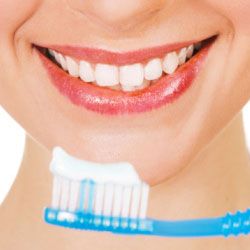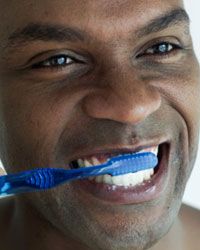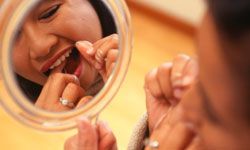Your mouth is the only part of your body that doesn't have a natural mechanism for shedding its surface. This makes it a perfect hangout for bacteria, and lots of it. As you read this, a whopping 600 species of bacteria are lurking in your mouth, many of them clinging to the surface of your teeth [source: Science Daily]. And you're in charge of making sure they don't stay there.
If you don't physically clean off all this bacteria within 24 to 48 hours, it'll turn into the pale yellow substance known as dental biofilm, or plaque. Plaque creates acid that slowly eats away at your teeth -- and if you let it hang around for several days, it hardens into tartar, which you'll need a professional to remove. Your saliva acts to neutralize the acid, but it'll have a tougher job as the plaque and tartar start to build up. The longer this goes on, the greater risk you run of developing gingivitis, tooth decay and periodontal disease [source: Colgate].
Advertisement
Feeling the urge to brush your teeth immediately to prevent a plaque attack? Read on to learn about the ways to keep your mouth clean and free of plaque.


